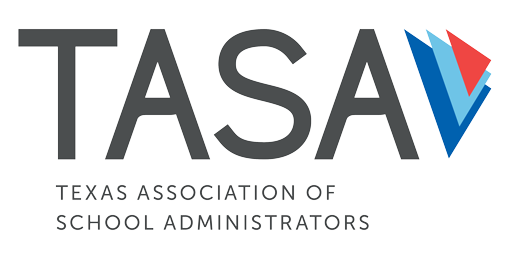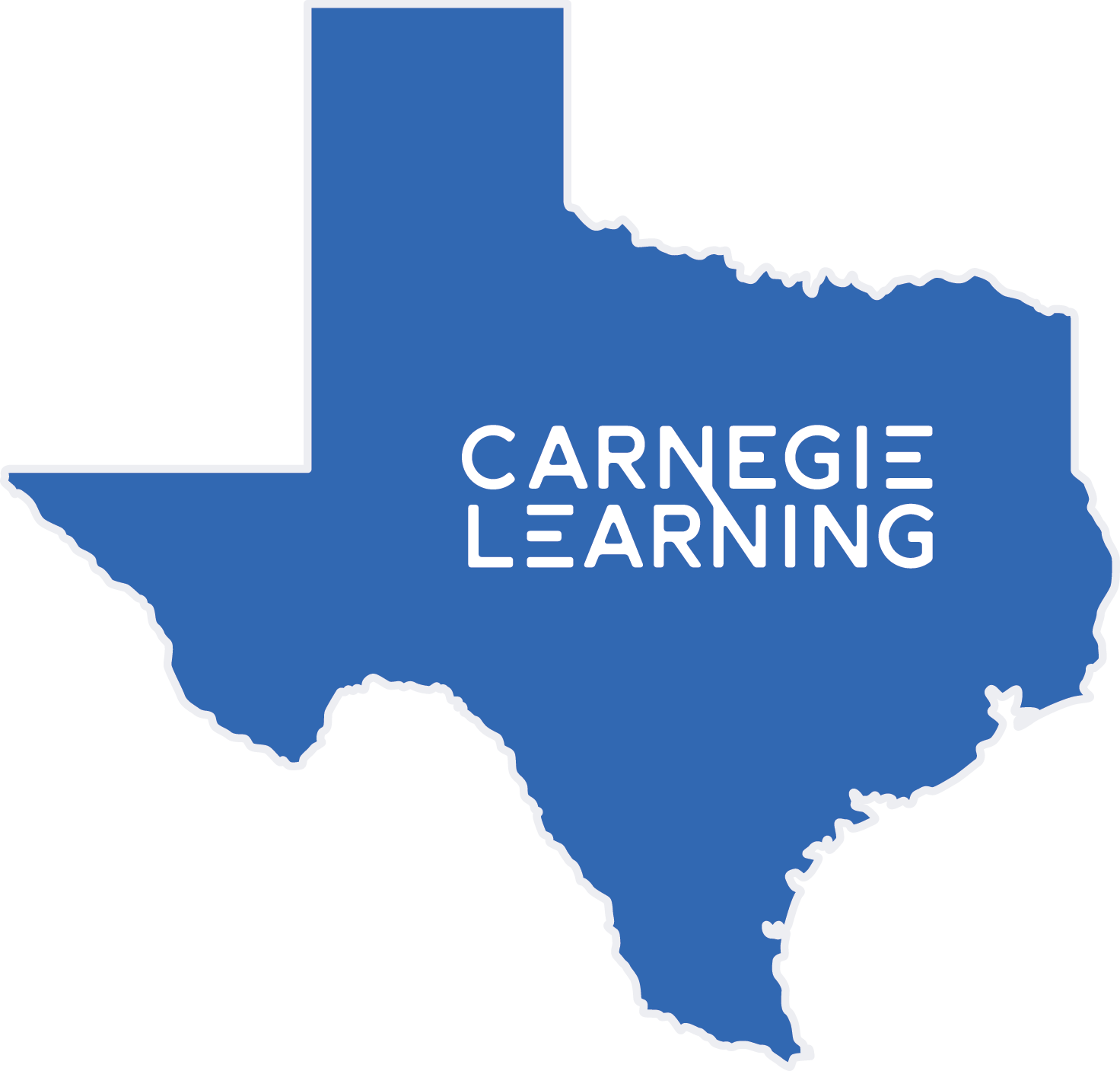 This article originally appeared in the spring 2025 issue of TASA INSIGHT. Monica Simmons is the superintendent of Elysian Fields ISD.
This article originally appeared in the spring 2025 issue of TASA INSIGHT. Monica Simmons is the superintendent of Elysian Fields ISD.
In the ever-evolving landscape of educational leadership, superintendents are often faced with a challenge that extends beyond student achievement: balancing the demands of operational management with a strong instructional vision. Whether it’s overseeing the construction of new facilities, coordinating transportation logistics, or ensuring compliance with state mandates, operational responsibilities can easily overshadow the core mission of improving student learning. For me, the key to success has been strategic prioritization, collaboration, and maintaining a relentless focus on student outcomes.
The Juggling Act: Facilities, Transportation and Infrastructure
As a rural district leader, I find myself deeply involved in infrastructure projects that directly impact our students and staff. Currently, we are working on multiple high-stakes projects, including designing a new field house, constructing new tennis courts, and relocating our fuel distribution center. Each of these requires coordination with architects, contractors, and financial planners — all while ensuring that we make fiscally responsible decisions that benefit our students for years to come.
One of the greatest lessons I’ve learned is that facilities projects must be guided by more than just aesthetics or efficiency; they must enhance the educational experience. For example, in our recent design discussions for the new field house, it became clear that the initial plans did not adequately consider the needs of our female athletes. By bringing coaches into the conversation, we ensured that equity remained a priority in facility planning.
Staying Grounded in Instructional Leadership
Despite the operational demands, my leadership must always be rooted in instruction. Through our district’s participation in the Texas Strategic Leadership Framework, we have prioritized classroom walkthroughs, teacher feedback, and professional learning communities to ensure that students receive high-quality instruction. A superintendent’s presence in schools is not optional — it is essential.
I intentionally schedule time each week to visit campuses, observe classroom interactions, and engage with teachers about their instructional needs. This visibility not only reinforces my commitment to student learning but also helps me make informed decisions about budgeting, staffing, and professional development priorities.
Leading Through Collaboration
Balancing operations and instruction is not a solo effort — it requires a strong leadership team. Our administrators and directors work together to ensure that facility improvements and instructional goals align. We have established clear communication channels to ensure that campus needs inform district decisions. For instance, when discussing the impact of water supply issues on our septic system, we consulted science teachers to integrate real-world problem-solving into their curriculum, turning a challenge into a learning opportunity.
Superintendents wear many hats, but our ultimate responsibility is to create the best possible learning environment for students. Managing operations and instruction in tandem is not about choosing one over the other; it’s about integrating both seamlessly. By remaining student-focused, engaging stakeholders, and being intentional with our time, we can lead districts where operational excellence supports instructional success.
As I continue navigating these complexities, I am reminded that leadership is not about managing tasks — it’s about inspiring people. And when we keep students at the center of every decision, we find clarity in the balancing act.
MORE LEADERSHIP PERSPECTIVES


